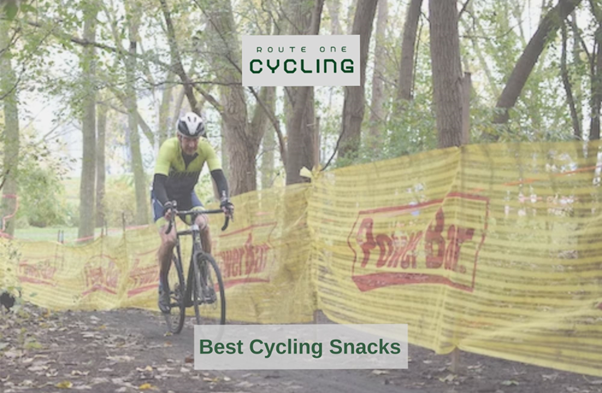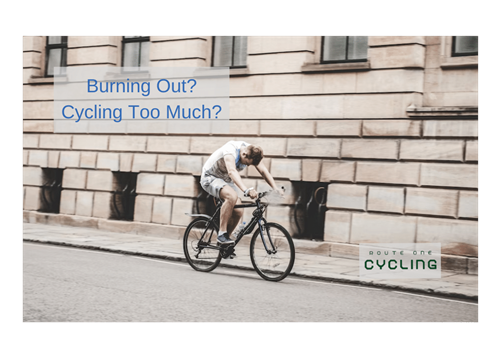What is Ankling in Cycling?
So you want to know what is ankling in cycling? There are a ton of different ways that people try to get themselves to move faster in their bike and produce more power. Some ways make them more efficient, aerodynamic, more light, powerful and more. Ankling, and focusing on your “pedal gait” is a way that many believe will produce more power as they are pedaling.
When I am riding, I like to think of the different ways that I can be more efficient with my energy when I am going on a 30, 40, 70 mile ride on the weekends. I will focus on remaining in zone 1-2 efforts, I will focus on my breath, I will focus on how much pressure I am putting on the pedal (and I’ll focus on playing the right type of music). One thing that I have thought about after moving from my tennisshoes (yes, runner-made cyclist), was what about how I lift my legs on the upstroke?
In this post you will learn about ankling. You will learn about it’s benefits (or lack there-of), you will learn if you should consciously focus on ankling while riding. You will also learn what to do with your ankle while you are pedaling. Finally, you will learn what do with your foot and where to put it on the pedal. And the final question you will learn is if you should even focus on all of this. By the end of this post, you should have a fine understanding of ankling, why it matters and if you should pay attention to it.
Invest in your Knowledge:
If you’re reading this, these other articles may be of use to you:
- Should I focus on Speed or Distance to get Faster?
- How fast can a bicycle go downhill?
- Can you get a speeding ticket on a bicycle?
- How much toe room in cycling shoes?
- Elevation Gain Defined: What You May Not Know
What is ankling in cycling?
Ankling in cycling is when you flex your ankle upward as you bring your foot up. Effectively you are taking the weight off of the pedal down stroke when you flex your ankle upwards. Effectively, what you are doing is, in the same way a runner will focus on their gait and how wide their legs should be when they are distance running (shorter than you would think), this is the cyclists version of focusing on a runners’ or walkers’ gait.
Is ankling worth it?
The cards are in the air on this one. No one really agrees or disagrees to if ankling is the biggest deal in cycling. What everyone does agree on is that there are far more important things to think about when cycling – recovery, warmup, how to breath, which zone to be in, how to pace behind someone in a pelaton – all of these things ought to take up your brain space a bit more than ankling.
Building on the gait metaphor brought in; if there is something drastically wrong with the way that you rest your feet on the pedal, then thinking about this will be useful, though if you follow a natural pedaling style with the balls of your feet generally ahead of the pedal, your bike fit is correct, and your ankles relaxed yet firm, you will not cycling into many problems.
Should you move your ankle when pedaling?
When you are pedaling down, the heel of your foot should shift down slightly by about 10 degrees from its neutral state in all other positions. This is the form of good pedaling. However, this is natural, and the majority of cyclists already do this without thinking. If you spend time thinking about it, there is a higher chance that you will begin to make non-technically sound movements with your feet on the pedal.
How should my foot rest on the pedal?
If you are not clipped in, we always suggest to place the foot pedal right behind the ball of the foot. It feels awkward, though from there your foot will adjust to what is most comfortable. The goal overall is to make sure that your quads and hamstrings are pushing directly down on the pedal. If you are pushing directly down, you are incorporating as much of the hamstring (The largest muscle in your body) as possible into the downstroke.
Should I focus on ankling?
When I ran track in the 400 in high school, I always ran on my toes. My coach was not exactly sure what to do about it, but there were so many other things that they cared to fix (my anaerobic capacity, ability to fight lactic acid buildup, handoffs, etc.) that from time to time, we touched on my running gait. We probably spent a total of 5-10 hours on it my entire season. When I moved on to run in college, my coach immediately saw it, singled it out and corrected it by only focusing on that for several weeks. The stakes were higher, and those small things would be the difference between milliseconds of time.
In those competitive spaces, that is where those types of things matter – and it is up to you, your coach, or those around you to decide if it matters. If you are a cyclist who participates in a century once a year, you probably should not focus on this. If you are looking towards sponsorships, or cycle competitively in school, you will probably have someone breathing down your back (like I did), telling you that it is something to focus on.
Although ankling has not really had much research done in the space, there were many speculations and beliefs that floated around our team that we took to be true – and whether it be myth of true, there was a self fulfilment within that which made us move fairly quickly. Ankling may just be one of those beliefs.
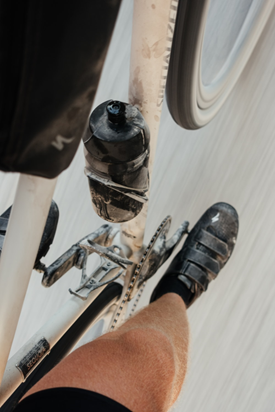

Conclusion
What is ankling in cycling? Ankling is the upward flexion of the ankle to help drive the pedal upward as you move forward. The jury is out on if it helps much, though empirically, it seems like there are other things to focus on when riding your bike. It is more than likely useful, though how useful, there are not many that know, and I don’t know many that talk about making it a habit in their 40- 50- 60 mile rides.

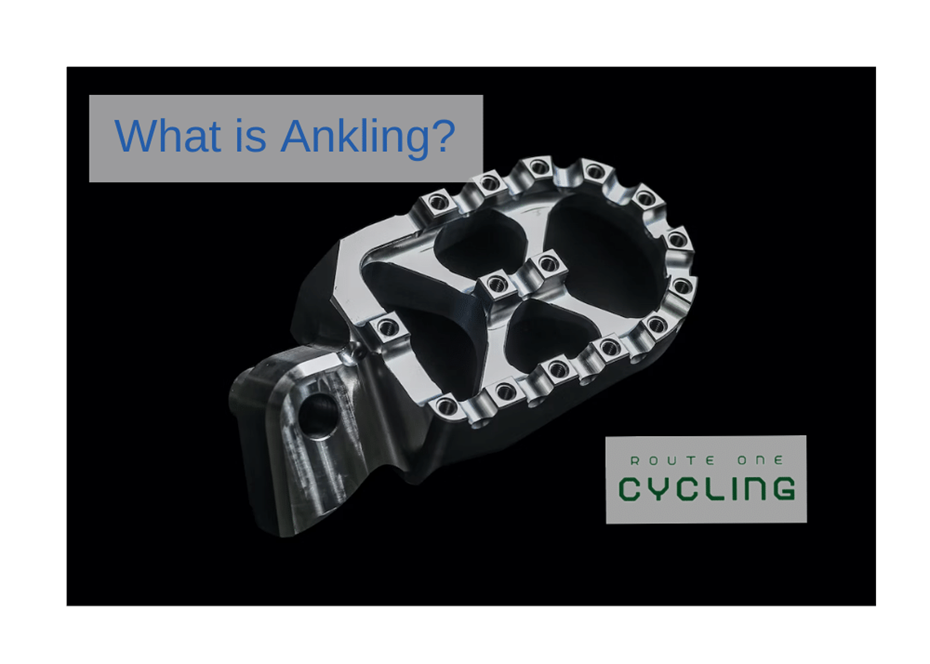
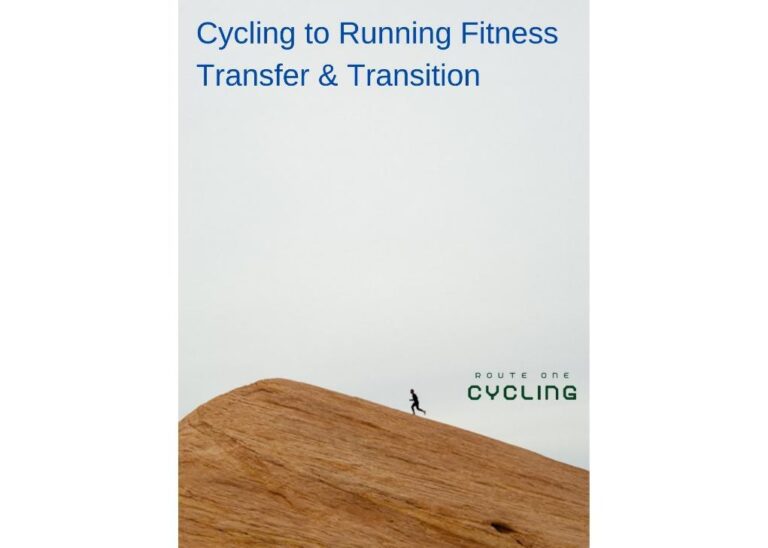
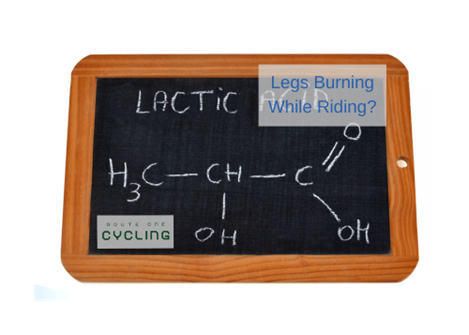
![Why are cyclists so skinny? [The lifestyle took me from 215lbs to 180lbs]](https://routeonecycling.com/wp-content/uploads/2023/04/Why-are-cyclists-so-skinny.png)
![Can Cycling Replace Leg Day? [Muscle Building Guide]](https://routeonecycling.com/wp-content/uploads/2023/05/Can-Cycling-Replace-Leg-Day1.png)
